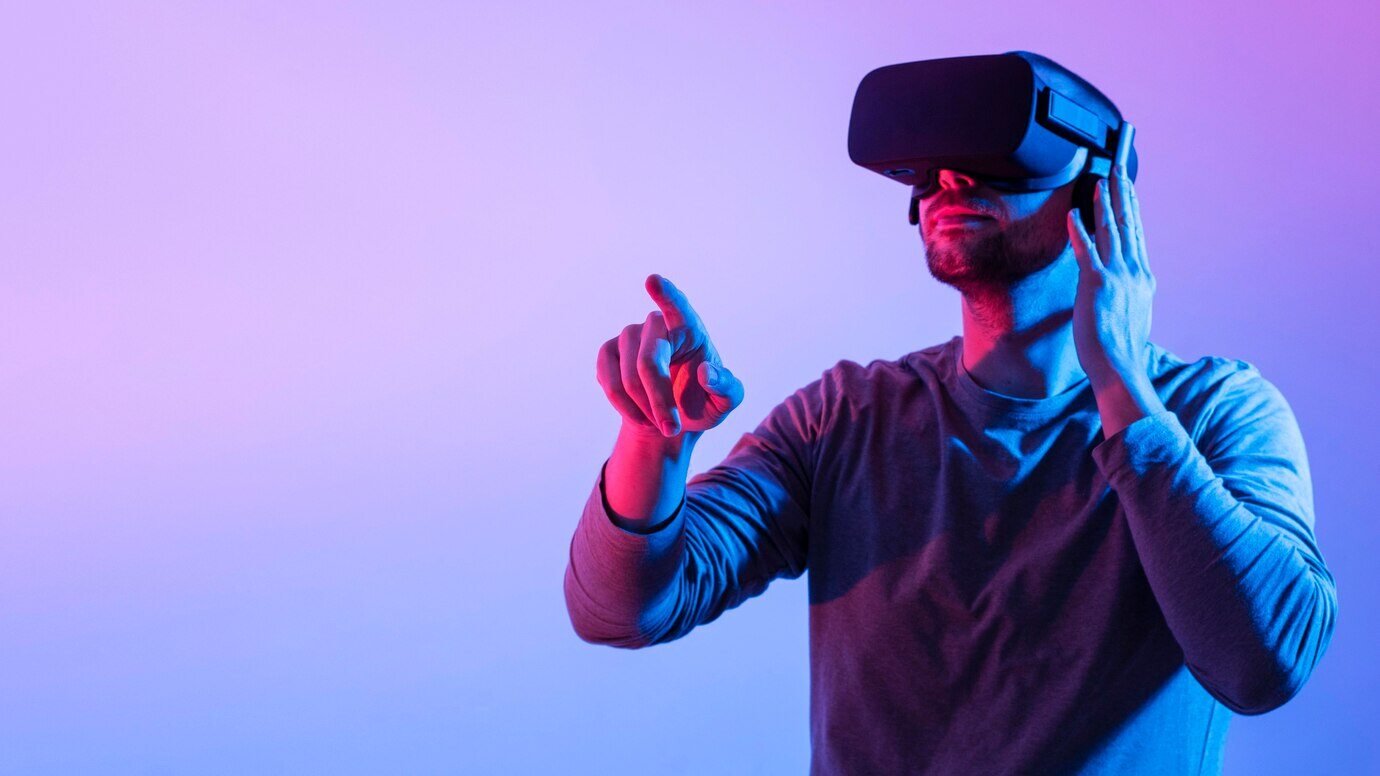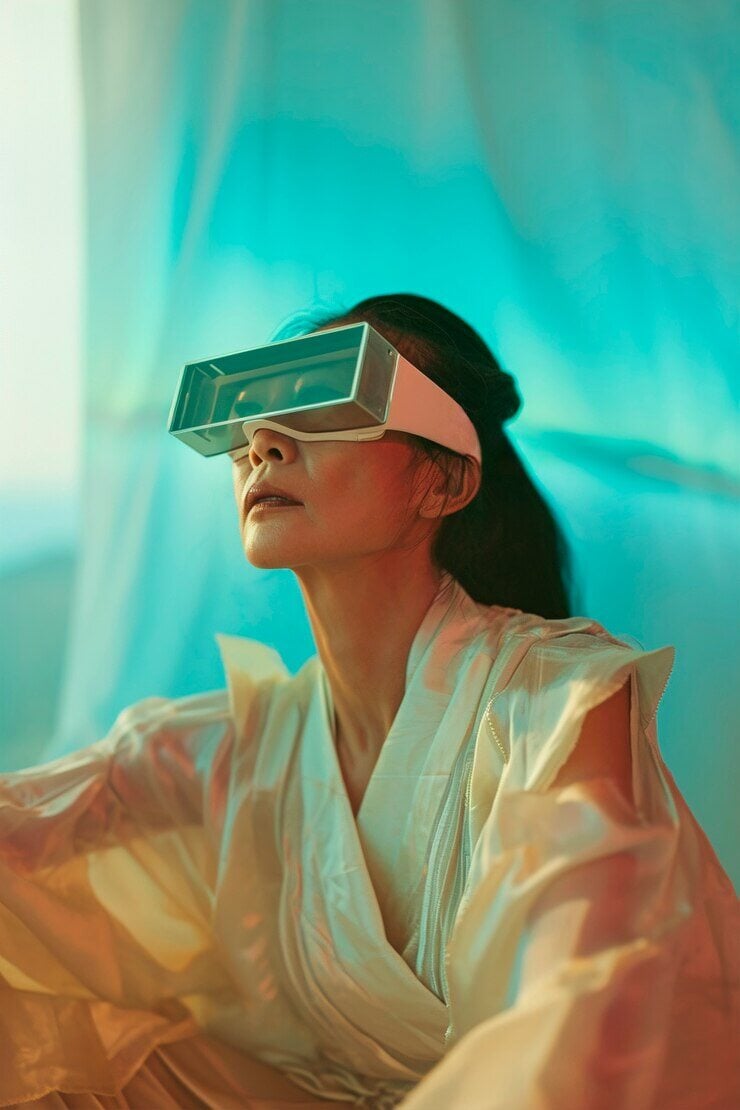Augmented reality and virtual reality are transforming how we interact with the digital world, and wearable technology is at the heart of this evolution.
From smart glasses and haptic gloves to full-body tracking suits, wearable devices are making immersive experiences simpler and more engaging.
As advancements in AR and VR accelerate, the integration of wearable tech is paving the way for a more interactive and realistic digital future.
The Rise Of Wearable AR And VR Devices
The concept of wearable technology in AR and VR isn’t new, but recent innovations are making these devices more powerful and accessible.
AR smart glasses, such as Meta’s Quest Pro and Apple Vision Pro, are leading the way in merging digital overlays with real-world environments.
Meanwhile, VR headsets from companies like HTC, Sony, and Oculus are becoming increasingly sophisticated, offering high-resolution displays, eye tracking, and improved spatial awareness.
One of the key challenges for wearable AR and VR technology is ensuring that virtual elements integrate into real-world settings.
This is where high-quality 3D content creation, like the solutions provided by Nextech3D, plays a crucial role.
Detailed, realistic 3D models enhance immersion and provide users with a richer experience, whether they’re navigating virtual landscapes or engaging with AR-enhanced real-world interactions.
Enhanced User Interaction With Haptic Feedback
A major area of development in wearable AR and VR tech is haptic feedback. Haptic gloves, vests, and suits allow users to feel virtual objects as if they were physically present.
These innovations are particularly valuable in industries such as gaming, training simulations, and healthcare, where realistic touch responses can significantly improve user experience.
For instance, in e-commerce, AR-powered virtual try-ons are improving with realistic 3D product visualization, allowing consumers to “feel” fabrics or test products before making a purchase.
By leveraging cutting-edge 3D modeling solutions like those from Nextech3D, brands can create highly detailed digital twins of their products, enhancing customer engagement and reducing returns.
AI-Driven Wearable Technology In AR And VR
Artificial intelligence is playing a significant role in advancing wearable AR and VR technology.
AI-powered wearables can adapt to user behavior, provide real-time environmental mapping, and enhance voice and gesture recognition for hands-free interactions.
This technology is particularly valuable in remote work, education, and training applications, where highly detailed 3D assets improve virtual collaboration and instructional effectiveness.
For example, medical professionals can practice complex procedures in VR using AI-driven simulations that incorporate hyper-realistic 3D models.
Solutions like Nextech3D’s precision modeling can make these virtual scenarios more accurate which can improve training outcomes and patient care.
The Role Of Wearable Tech In The Metaverse
The metaverse is heavily reliant on wearable AR and VR devices.
These technologies enable users to engage with lifelike 3D environments, creating new opportunities for social interactions, entertainment, and business ventures.
Retailers, for instance, are exploring virtual showrooms where customers can browse and interact with realistic 3D representations of products before purchasing.
With Nextech3D’s advanced content creation tools, businesses can generate hyper-detailed AR and VR assets that make virtual shopping feel just as engaging as in-person experiences.
The Future Of Wearable Tech In AR And VR
As AR and VR continue to evolve, wearable technology will become more lightweight, intuitive, and seamlessly integrated into daily life.
Innovations in materials, AI processing, and next-generation 3D modeling will further refine these experiences, making virtual interactions more lifelike and accessible.
Companies investing in high-quality 3D content creation, like those utilizing Nextech3D’s solutions, will be at the forefront of this revolution. They are shaping the way users engage with digital environments across industries.
Whether for entertainment, professional training, retail, or education, the future of wearable AR and VR tech is one of limitless possibilities, driven by cutting-edge advancements in real-time 3D modeling and immersive content.







